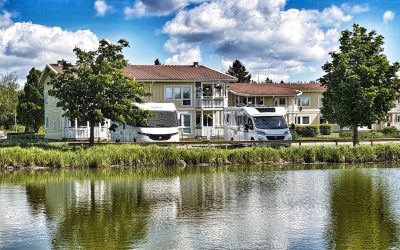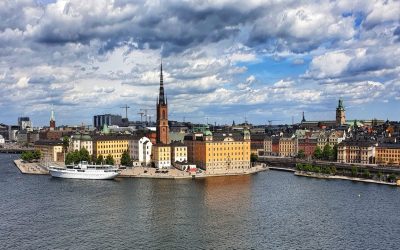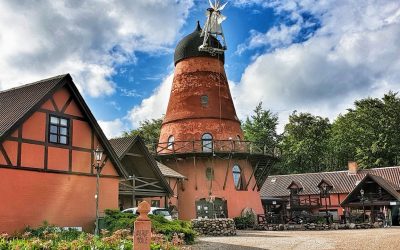Our Life on the Road series comes as we glide into a period where we finally feel experienced enough to share our insights. Having left UK...

Scandinavia
Scandinavia
Ten Tips for Touring Sweden in a Camper
Sweden may be Europe's best kept secret although this country seriously deserves our time. Hidden behind the dramatic shadows of...
24 hrs in Stockholm, The Alternative Guide
The Motoroamers’ City Tour series Sweden’s Stockholm is reputed to be one of Europe’s best, so a visit is a must! Although as...
7 Reasons to visit Delicious Denmark
When we first started planning our trip to Scandinavia, Denmark was always on our radar. The appeal of their World Happiness...
Follow us
You can find us on social media,
different channels for different content.




